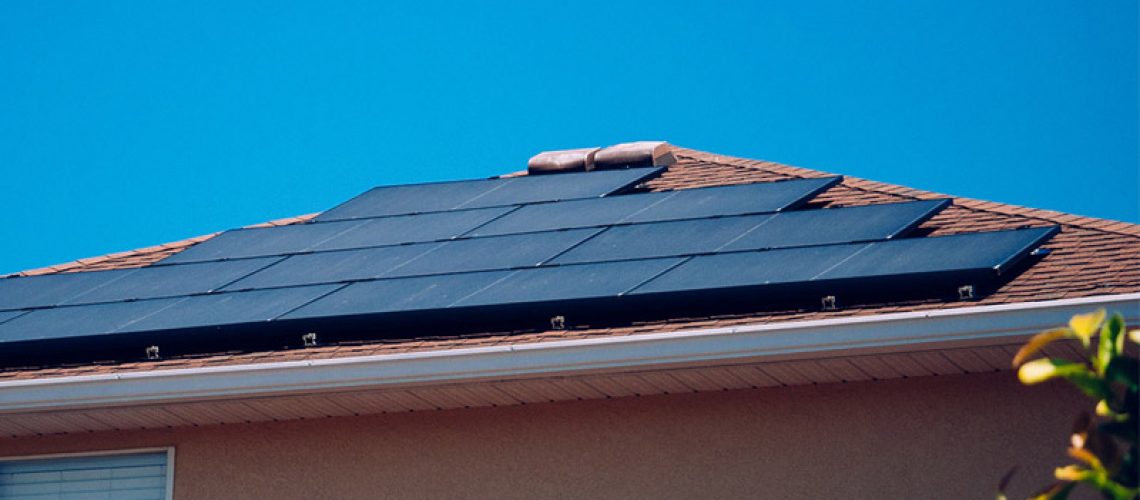As people continue switching to solar energy, scientists continue to find better sources of renewable power. According to scientists, space-based solar power is a development that can provide renewable and environmentally friendly options to the never-ending world energy crisis.
Its Origin
The idea of harvesting solar power from space is an idea that has been around since the 1900s. The idea was brought up in 1941 by Isaac Asimov, who suggested harvesting solar energy using photovoltaic cells and transmitting the energy using wireless transmitters. He shared the idea through Reason, a short story by him.
By the onset of the 1970s, the idea had gained popularity and fueled the rise in the innovation of photovoltaic cells as well as wireless power transmission, amongst others. Although the idea seemed technically feasible at the time, it was deemed economically unrealistic and under-researched.
Currently, the idea is resurgent, and this time stands a better success rate since there is technology that can make the idea happen. With the global population growing by the day, the global energy demands will also continue to grow.
Therefore, the need to generate high quantities of renewable energy is necessary. If actualized, it is reliable and sufficient to satisfy the energy demand across the globe, even to countries that don’t get sunlight throughout the year like Russia.
How It Works
It works by harvesting sunlight through satellites located in the orbit to capture sunlight and convert it into energy which can be transmitted to a receiver station through wireless transmission. The receiver station can be located on Earth in space or at any high altitude like an aircraft.
After the photovoltaic cells convert energy to electricity, the power will pass to Earth’s receiver stations through electromagnetic waves. These stations have rectennas that will convert the energy again to electricity which runs through the grid.
Why It Is Considered More Effective
In 2019, China proposed building a solar station around the Earth’s orbit. The reasoning behind the effectiveness of this idea is that the sun is always shining in space. Therefore, it can be a reliable and inexhaustible source of energy.
Outside planet Earth, there are no days, nights, clouds, weather, or additional weather conditions that can obstruct the sun’s rays. There is constant power from the sun, which scientists aim to make good use of.
Institutions Researching on the Project
In April 2015, a research agreement between Northrop and Caltech was formed and funded with $17.5 million. The amount was to cater to the development of related innovations.
Caltech is one of the institutions working tirelessly to develop this new technology. Scientists based in China are also working on the project and constructing facilities to test the project’s viability theoretically.
The Main Challenge of Developing the Project
A significant issue to deal with is getting solar panels that will be large enough to circle the orbit. During the first conception of the idea during the 1970s, the proposed design included early concept designs with giant arrays that would be technically impossible to fit in the orbit.
Besides, the proposed designs would also cost trillions. Thanks to technology, the concept is now closer to reality. Now, the photovoltaic array is light, deployable, and consists of smaller sate littles that seamlessly connect to form a broader array to harvest more sunlight. This approach also makes it easy to assemble, maintain and repair the satellites when need be.
Get Your Solar Panel Today
As more research continues on space-based power, you can make the switch to solar energy today. Decide to go green. Before the project is proven successful, you can save the environment by using renewable solar energy. Contact us for residential solar panel installation around Martha’s Vineyard, MA.


